I'd like to work through some basic logic circuits with some youngsters and wanted to build them up from scratch (transistors), not logic gates if possible.
We've done the basics: buffer, NOT, AND, OR, NAND, XOR just using NPN mosfets and resistors. We've even been able to get to D-latches. As an example, the AND gates we're playing with have been build like this:
simulate this circuit – Schematic created using CircuitLab
The problem is that as the circuits have grown in complexity, with transistor emitters feeding into other transistor bases, I've only been able to get things to work by very carefully balancing resistor values to make sure transistors are triggered when they should be.
I would like to be able to build modular logic gates, which are identical and can just be plugged into one another without needing to carefully calculate resistor values.
Another restrictions is that we currently have 200 BC547ATA NPN transistors and a big bunch of resistors, so if its achievable without buying any more components, that would be ideal.
